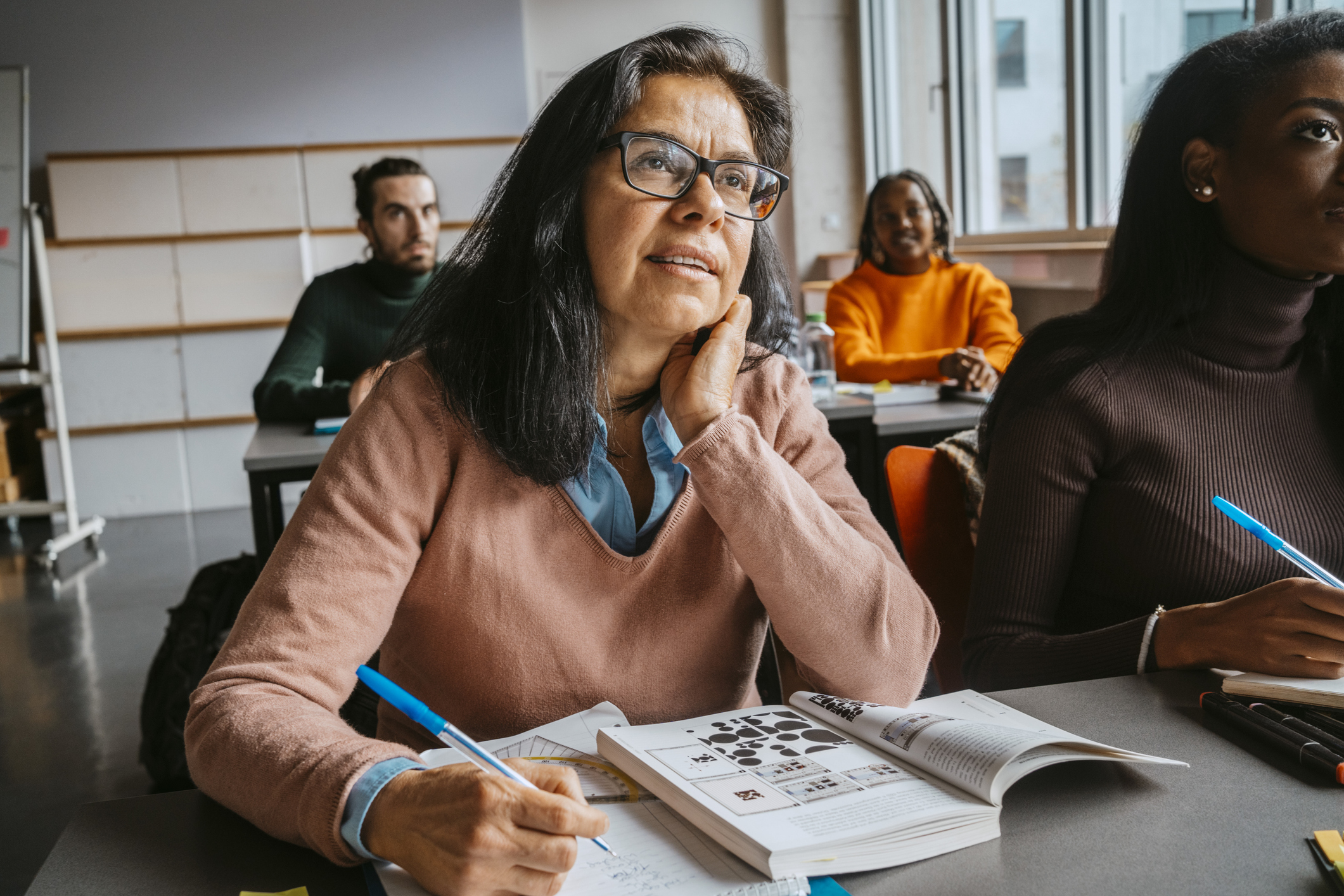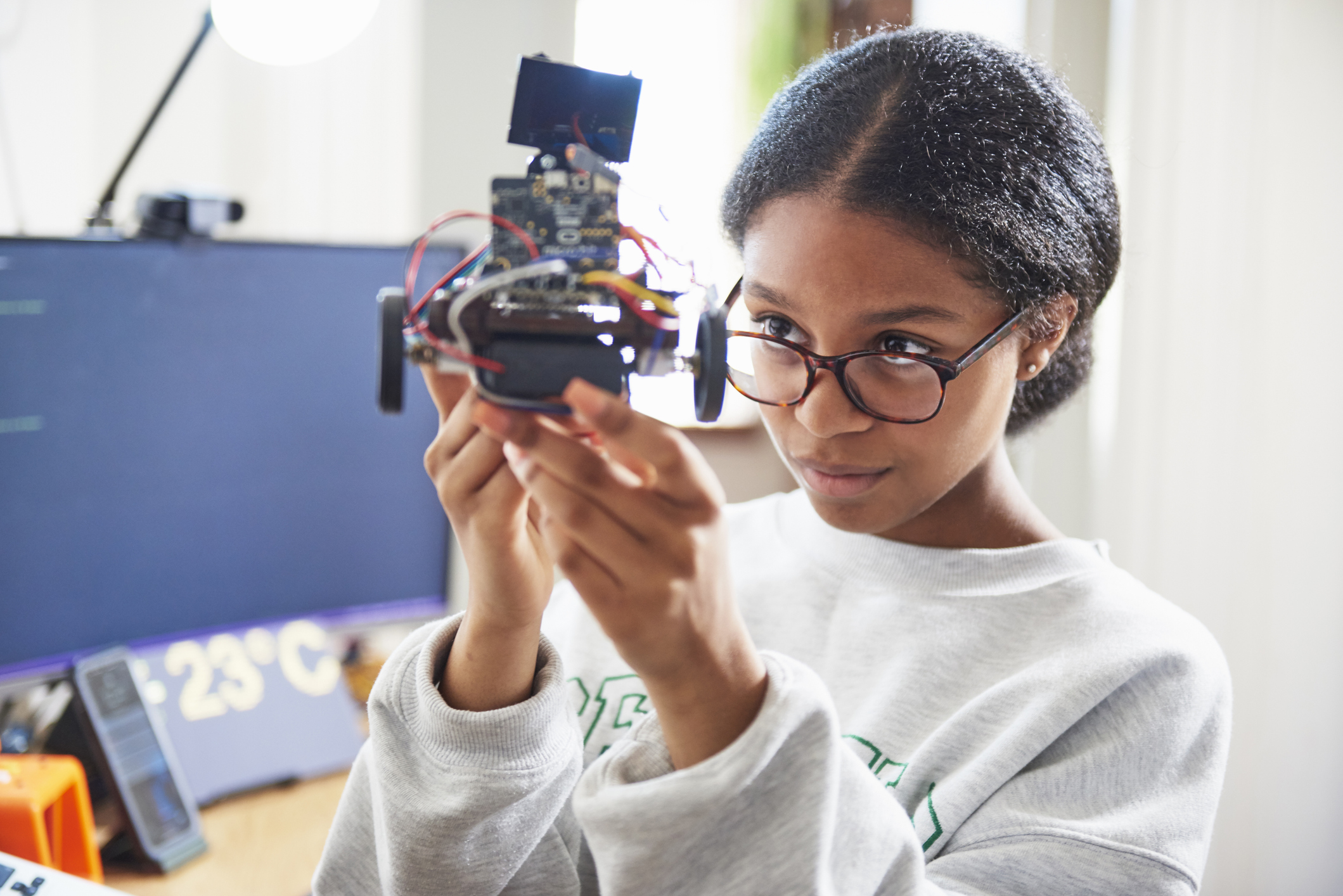Imagine what college was like for someone who graduated twenty years ago. Now, compare their experience with someone who graduated ten years ago. Finally, compare with the experience of someone who’s attending college now.
Each person’s mindset, attitude, and perspective about learning would be radically different—that much is obvious.
In this article, we explore how expectations about learning have evolved through the years, and discuss what learning looks like today. Read on for more!

Expectation #1: Emphasis on deeper learning
Back in 2016, the American Institutes for Research report, Does Deeper Learning Improve Student Outcomes, suggested that important 21st century skills (such as adaptability and self-management) were achieved through deeper learning.
What is deeper learning? It comprises of a few different things, including:
- A deeper understanding of core academic content
- The ability to understand and tackle novel problems and situations
- The development of a range of competencies, including people skills and self-control
Since then, there has been a spate of national initiatives targeted at promoting deeper learning in K12 schools.
Teachers are not just expected to help students master core academic content—they also need to teach kids critical thinking and problem solving, effective communication, the ability to work collaboratively, the ability to learn how to learn, and more.
Expectation #2: Flexible learning options
For older students, flexible learning options are now a must-have. For instance, this could be:
- Students choosing to attend online courses over in-person classes
- Students downloading a third-party app to supplement their learning
- The school uploading content and resources to a portal so that students can access it on demand and view it at their convenience
- Student services (such as counseling, career coaching) taking place online so that students don’t need to go to campus to meet their advisors
You’ll realize that there’s a common theme here: the shift to doing things digitally.
In a post-pandemic world, most students are used to consuming content and learning online, and they also appreciate the fact that they can save time and money by cutting out unnecessary commutes.
Since schools now have the infrastructure in place to support online learning, it makes sense to continue down this path, and allow students to learn in the medium that they most prefer.
Expectation #3: More immersive and engaging content
These days, teachers and students alike understand the importance of immersive content.
The goal is to design active and not passive learning programs—this gets students invested in their own learning and keeps things fun.
To do this, teachers are now experimenting with different strategies and techniques, including learning simulations, interactive assignments, real-life case studies, and Virtual Reality/Augmented Reality content.
Expectation #4: More involvement from teachers
Back in the day, teachers were just expected to teach—that was it.
These days, their scope has dramatically expanded. Depending on what kind of program you’re looking at, teachers might be expected to:
- Facilitate discussions and challenge their students’ thinking
- Inspire their students and help them identify what they’re passionate about
- Prepare students for grading/examinations
- Prepare students for a path in their chosen career
- Constantly provide parents with updates on their child’s progress
The biggest change that we’ve seen in recent years? The fact that parents expect to have 24/7 access to teachers.
Technology and social interaction has made it easy for parents, students, and teachers to communicate—there’s no doubt about that. But on the flip side, some parents now expect teachers to be constantly available to them and answer questions that they might have, or provide updates about their child.
It only takes five seconds for these parents to dash off a text message to these teachers, but depending on the teacher’s class size and how many parents have reached out to them, it may be unrealistic for them to be able to reply to every single enquiry or request that they receive.
The same goes for students—many of them don’t hesitate to text their teachers after-hours to clarify something they mentioned in class or ask about homework.
With this in mind, teachers today need to be able to compartmentalize, and set and enforce boundaries well.
It’s easy for teachers to burn out if they’re constantly at the beck and call of students and parents—and it’s in their best interests to block out their time outside of work, and ensure that they’re well-rested for the next day of class.
Expectation #5: Parents and students as “customers”
Previously, the student-teacher relationship was pretty straightforward—teachers were experts, and students were there to learn from them.
Today, the relationship is more nuanced than before. Since information is so widely available, you can Google anything and get the answer in two seconds. As a result, teachers are seen more as facilitators and guides rather than experts.
And yes, while students are still there to learn from their teachers, there’s also this sense of students (and their parents) being “customers.” Today, it’s up to teachers and the school to sell a particular program or course to the students, and it’s common for schools to promote or market themselves so as to attract students.
This change means that teachers and schools aren’t as laser-focused on the “education” aspect, as curriculum is no longer a key selling point. Instead, they’re also trying to provide value in other aspects, such as:
- Coming up with internship and job attachment programs that help students gain real-life experience in their chosen industry
- Organizing networking sessions to allow students to expand their professional circles
- Organizing other peripheral events that help to support student goals
Depending on how robust the school’s programs are, it can then differentiate itself from its competitors, and appeal to students and parents more effectively.
A final word on how the learner experience has evolved
In the past few years, learners and students have become more sophisticated, and their needs have evolved. The role of teachers has also evolved, and the entire learning landscape is drastically different from before.

As we journey into 2023 and beyond, we expect these trends to persist in the same direction. Digitization will continue, and learning will become even more flexible, and even more convenient for students.
With a plethora of options at their fingertips, students will have to put in more thought and ensure that they’re picking the right programs that will support them and allow them to achieve their goals.
And as for teachers, the challenge lies in continuously adapting their lesson plans and content to ensure that it’s relevant and relatable to their students. At the same time, they will need to ensure that they’re taking a holistic approach that is conducive to deeper learning.
As schools and teachers continue to look towards students and parents as customers, the first step in the right direction is to better understand their unique needs and expectations. Begin by collecting as much feedback as possible to identify the key drivers behind their learning experience while also understanding what drives teacher engagement and satisfaction.
Unlike most other industries, education is one that is driven by passion and interest.
To keep it alive and ignite the fire of learning, schools need to identify the experience gap, and bridge it. Understanding the power of feedback, Sogolytics offers a cutting-edge feedback and experience management solution that empowers K12 schools and higher education institutions better cater to the right audience, helping create programs that resonate with them, and ensuring a powerful experience for all.
Not sure where to start? Let’s get on a call so we can walk you through just how we’ve helped many other schools and educational institutions transform their experiences—and how we can help yours too!






